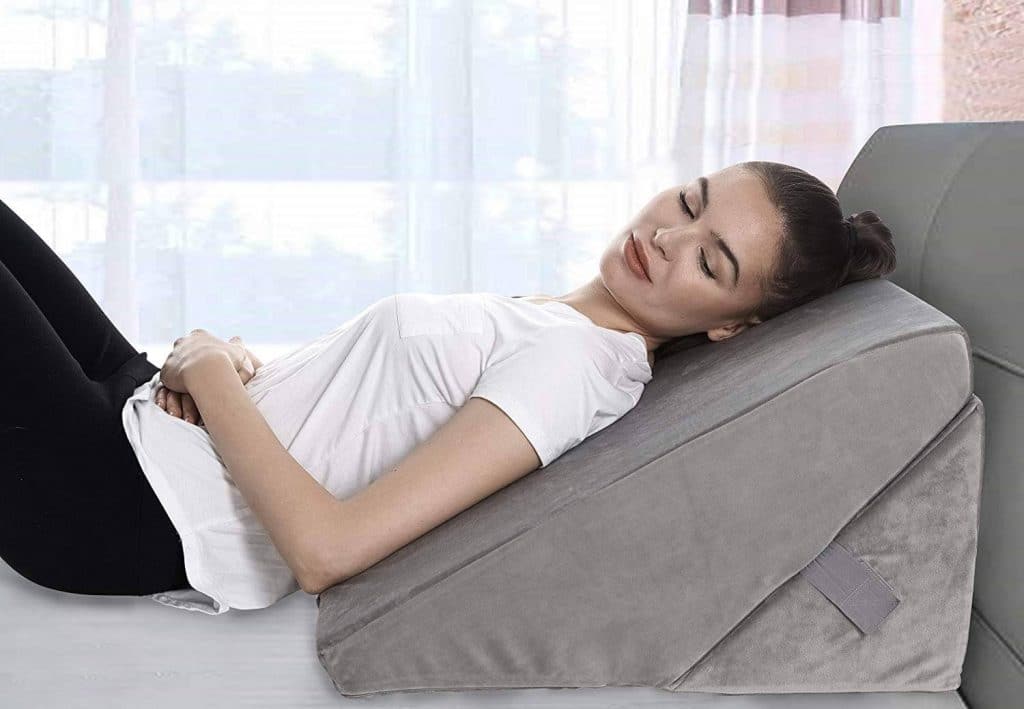Sleeping Right After Septorhinoplasty: Postures for Optimal Healing
3 min read
Septorhinoplasty is a unique procedure that marries both functional and aesthetic improvements of the nose. With its advanced healthcare and renowned surgeons, Turkey has become a sought-after destination for this treatment.
Septorhinoplasty addresses the septum (functional aspect) and the nose’s external appearance (aesthetic aspect). While the reasons for undergoing this procedure vary, it’s essential to understand the intricate differences between it and traditional rhinoplasty.
Pain Management and Medications
Understanding Post-Operative Pain
After a septorhinoplasty Turkey, it’s common to experience a combination of sharp, dull, or throbbing pain, especially in the initial days following the procedure.
For most individuals, pain intensity gradually reduces after the first few days, but it can persist in a milder form for up to two weeks.
Over-the-counter (OTC) Pain Relievers
A popular choice for pain relief that doesn’t interfere with the healing process. However, avoid taking more than the recommended dose.
Medications like ibuprofen can reduce pain and inflammation but may also increase the risk of bleeding. It’s essential to consult with your surgeon before using them.
Alternative Pain Management Techniques
- Cold Compress: Applying cold packs can numb the area temporarily, reducing pain and swelling.
- Distraction: Light activities such as reading, watching movies, or listening to music can distract from pain.
- Breathing Exercises: Deep and controlled breathing can help reduce pain perception and promote relaxation.
- Guided Imagery and Meditation: These relaxation techniques can aid pain management by refocusing the mind and reducing anxiety.
Tips for Safe Medication Use
- Follow Dosage Instructions: Always take medications as prescribed and avoid combining medicines unless directed by a healthcare professional.
- Avoid Alcohol: Alcohol can interact with many pain medications, intensifying their effects and increasing the risk of harmful side effects.
- Report Side Effects: Consult your surgeon or healthcare provider immediately if you notice any unusual reactions or prolonged side effects.
- Stay Hydrated: Many pain medications can lead to constipation. Drinking plenty of water and consuming a fiber-rich diet can help counteract this effect.
Sleeping Postures to Aid Recovery
Sleep is when our bodies undergo a lot of repair work. Proper sleeping positions can enhance this natural healing process, ensuring optimal recovery.
Elevating your head while sleeping can help reduce swelling after septorhinoplasty. A stable and well-supported sleep position can reduce the risk of rolling over and accidentally bumping or putting pressure on the healing nose.
Recommended Sleeping Positions
- Elevated Head Position
Prop up the upper body using multiple pillows or a specially designed wedge pillow to elevate your head above the heart.
This position helps reduce swelling and fluid accumulation in the facial region.
- Back Sleeping or Supine Position
Lie flat on your back, ensuring your spine remains neutral without undue pressure points.
This position ensures no direct pressure on the nose, reducing the risk of unintentional shifts or damages to the newly operated area.
- Side Sleeping with Caution
If you naturally gravitate towards side sleeping, use pillows to create a barrier that prevents you from turning fully and putting pressure on your nose.
While not the first recommendation post-septorhinoplasty, with proper precautions, side sleeping can be adapted to minimize risk.
- Sleeping Positions to Avoid
Stomach Sleeping: This position almost always guarantees pressure on your face and, by extension, your nose, making it the least advisable position post-surgery.
Deep Side Sleeping Without Support: Turning deeply to one side without proper support can lead to unintentional pressure on the nose.
Additional Tips for a Restful Sleep
- Use a Travel or Neck Pillow: These can provide added neck support and prevent unwanted head movements during sleep.
- Keep Essentials Within Reach: Having items like water, tissues, or your phone close by reduces the need for abrupt movements that can strain the surgical site.
- Maintain a Calm Sleeping Environment: Ensure your bedroom is dark, quiet, and at a comfortable temperature. Consider using white noise machines or earplugs to block out disruptions.
- Avoid Caffeine Before Bed: Caffeine can interfere with your sleep cycle. Opt for calming herbal teas or warm milk to promote sleepiness.
The journey of septorhinoplasty in Turkey is one of transformation, not just of your nose but of your entire self. Stay informed about septorhinoplasty Turkey cost, take good care, and embrace your new beginning.



